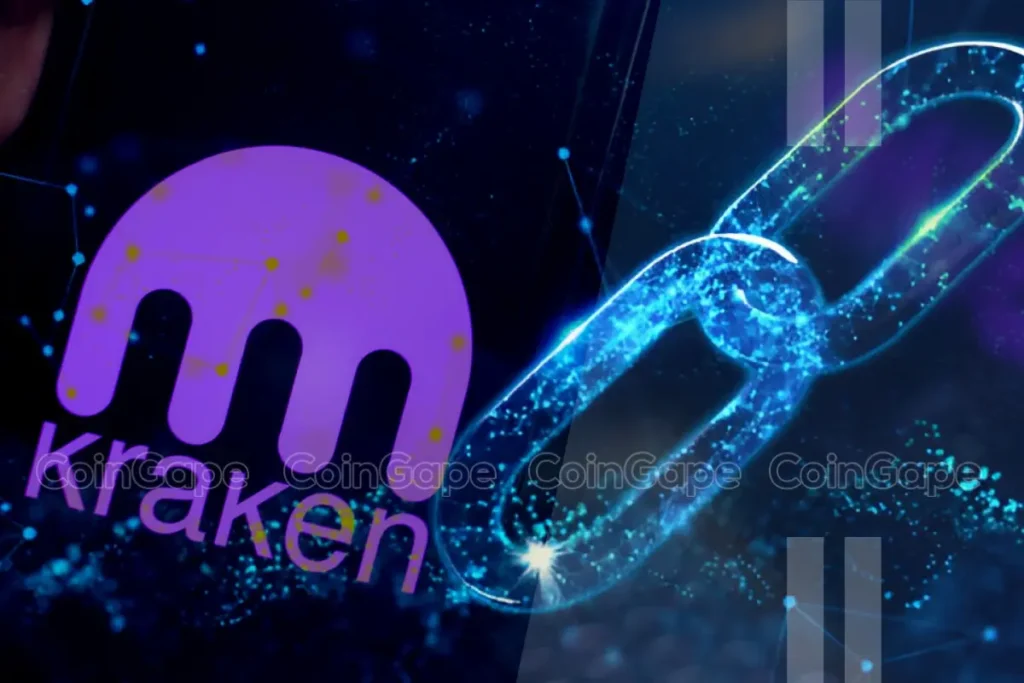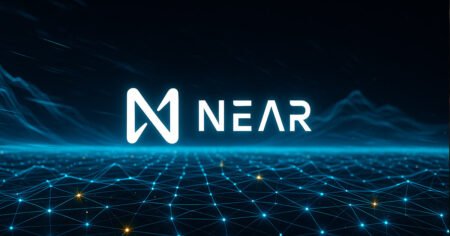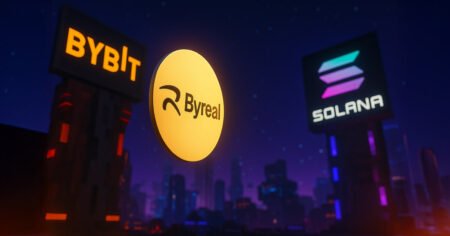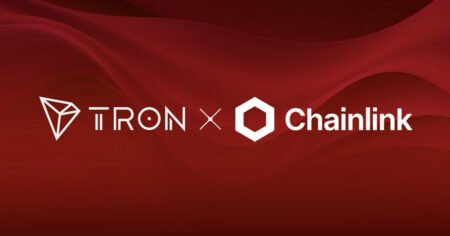Kraken cryptocurrency exchange has launched its Layer-2 blockchain network called Ink on the Ethereum mainnet. This rollout, originally scheduled for early 2025, has occurred ahead of schedule. Built using Optimism’s OP Stack, Ink aims to provide enhanced scalability and interoperability within the Ethereum ecosystem. As part of the development, the crypto exchange secured a grant of 25 million OP tokens (approximately $58 million) from the Optimism Foundation. These tokens support the adoption and growth of Ink, enabling the platform to contribute to Optimism’s broader “Superchain” ecosystem. Ink Layer-2 launched with support from several decentralized applications such as Curve, Frax, LayerZero, and Gelato, highlighting the ecosystem’s focus on enabling diverse use cases within decentralized finance (DeFi).
Andrew Koller, the founder of Ink, expressed enthusiasm about the launch, stating, “Today is just the beginning for Ink, and now our boldest work begins, growing Ink. We’re pushing the boundaries of on-chain experiences to unlock new applications and opportunities for builders and users alike, layering privacy, security, and UX enhancements on a foundation of deep liquidity.” By January 2025, Kraken plans to enable permissionless fault proofs on Ink Layer-2, allowing anyone to challenge potentially invalid transactions, increasing the platform’s accountability. Ink Layer-2 is the latest addition to Ethereum scaling solutions built on the OP Stack, joining networks like Coinbase’s Base and Sony’s Soneium, showcasing a growing trend among major players to expand the Ethereum ecosystem.
The adoption of Layer 2 solutions has been on the rise, with Germany’s Deutsche Bank recently integrating ZKsync technology through Project Dama 2, enhancing Ethereum’s efficiency and compliance with regulatory standards. In the ongoing Kraken vs. SEC lawsuit, the court denied the crypto exchange’s request to obtain documents related to Bitcoin, Ether, and SEC policies on digital assets, ruling the requests irrelevant to the SEC’s allegations concerning specific crypto tokens. Kraken’s demand for evidence tied to public statements and internal policies was also rejected, with the court emphasizing a lack of justification for such disclosures.
Ink Layer-2 launched with notable partners, including decentralized exchange Curve, stablecoin platform Frax, LayerZero for interoperability, and Gelato for infrastructure support. These collaborations highlight the ecosystem’s focus on enabling diverse use cases within decentralized finance (DeFi). The development of Ink Layer-2 will continue to advance with plans to introduce permissionless fault proofs by January 2025, allowing for increased transparency and accountability. The launch of Ink Layer-2 on the Ethereum mainnet signifies Kraken’s commitment to driving innovation and scalability within the blockchain ecosystem, contributing to the growth of the broader Ethereum community. As major players continue to expand Ethereum scaling solutions, projects like Kraken’s Ink Layer-2 play a crucial role in enhancing the efficiency and functionality of decentralized applications and services.
As the cryptocurrency industry continues to evolve, the integration of Layer-2 solutions like Ink on the Ethereum mainnet showcases the ongoing efforts to improve scalability and interoperability within blockchain networks. With support from key partners and a focus on enabling diverse use cases within decentralized finance (DeFi), Ink Layer-2 is poised to make significant contributions to the Ethereum ecosystem. The launch of Ink Layer-2 ahead of schedule demonstrates Kraken’s commitment to driving innovation and pushing the boundaries of on-chain experiences. Overall, the development of Ink Layer-2 is a significant milestone in the evolution of blockchain technology, paving the way for enhanced efficiency and transparency in decentralized applications and services.

















